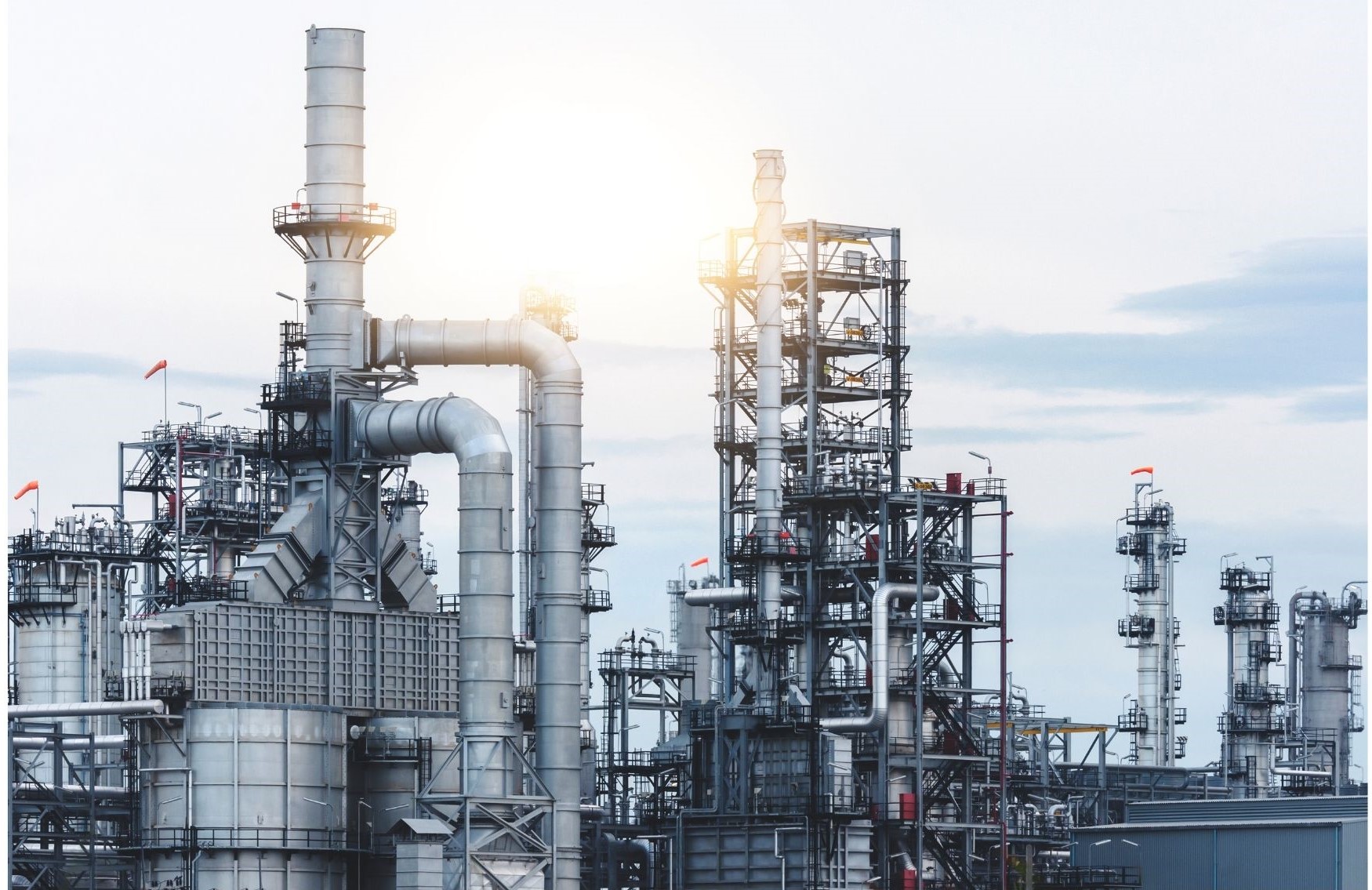Valuation of plant, machinery, and equipment is the process of determining the current worth of these assets. This is essential for various purposes such as financial reporting, tax assessments, insurance, purchase or sale of assets, and investment decisions. The valuation process considers factors like the condition, age, functionality, and market demand for the assets.
Cost Approach:
- Reproduction Cost New (RCN): The cost to reproduce a new replica of the existing asset using the same materials and design.
- Replacement Cost New (RCN): The cost to replace the asset with a new one of similar function and efficiency but using modern materials and techniques.
- Depreciated Replacement Cost (DRC): The replacement cost new less accumulated depreciation, which accounts for physical deterioration, functional obsolescence, and economic obsolescence.
Market Approach:
- Comparable Sales Method: The value is based on the prices of similar assets recently sold in the open market.
- Market Quotations: Involves using current prices from catalogs, industry publications, or online platforms that list used machinery and equipment for sale.
Income Approach:
- Capitalization of Earnings: The present value of the expected income stream generated by the asset over its useful life.
- Discounted Cash Flow (DCF): Projects the future cash flows generated by the asset and discounts them to present value using an appropriate discount rate.
Factors Affecting Valuation:
- Age and Condition: Older and poorly maintained assets usually have a lower value due to wear and tear.
- Technological Obsolescence: Assets with outdated technology are less valuable compared to those with modern features.
- Market Demand: High demand for specific types of machinery and equipment can increase their value.
- Economic Conditions: Economic downturns can reduce the value due to decreased industrial activity and demand for equipment.
- Functionality: Assets that are still functional and efficient hold more value than those that are obsolete or require significant repairs.
- Residual Value: The estimated value of the asset at the end of its useful life can influence current valuation.
Valuation Process:
- Asset Identification: Listing and categorizing all plant, machinery, and equipment to be valued.
- Inspection and Assessment: Examining the physical condition, functionality, and maintenance history of the assets.
- Market Research: Gathering data on recent sales, market trends, and prices for similar assets.
- Selection of Valuation Method: Choosing the most appropriate valuation method based on the type and condition of the asset.
- Calculation and Analysis: Applying the chosen method to calculate the value, considering all relevant factors and adjustments.
- Reporting: Documenting the valuation findings in a detailed report, including methodologies used, assumptions made, and final value conclusions.
Purpose of Valuation:
- Financial Reporting: Ensuring accurate representation of asset values in financial statements.
- Taxation: Determining asset values for property tax assessments or capital gains calculations.
- Insurance: Setting appropriate insurance coverage amounts based on asset values.
- Mergers and Acquisitions: Valuing assets during business acquisitions or mergers.
- Asset Disposal: Establishing a fair market value for the sale or disposal of assets.
Conclusion:
Valuation of plant, machinery, and equipment is a complex but essential process for various business and financial purposes. It requires a comprehensive understanding of different valuation methods and factors that influence asset values. Accurate valuation helps businesses make informed decisions, ensure compliance with financial regulations, and optimize their asset management strategies.
